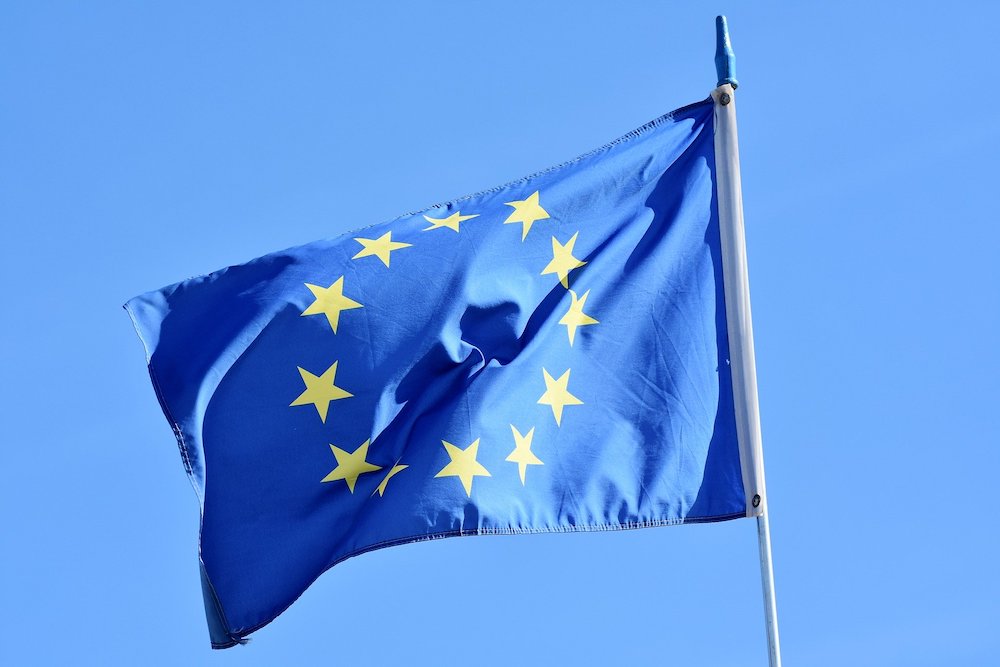The Ellen MacArthur Foundation's circular design programme lead Joe Iles was speaking at a webinar hosted by packaging company DS Smith

The Ellen MacArthur Foundation’s Joe Iles believes large brands need to help with the democratisation of the circular economy (Credit: Pixabay)
The circular economy needs to be democratised to create positive outcomes for the broader economy, according to one circular design expert.
This form of waste management is seen as increasingly vital as companies begin to commit themselves to more sustainable business models.
At its core, the circular economic model incorporates products designed from the outset to be reused, whether this is through recycling or reuse programmes.
Speaking at a webinar hosted by packaging company DS Smith, circular economy charity the Ellen MacArthur Foundation’s circular design programme lead Joe Iles says large brands need to take the lead in democratising circular solutions.
He added: “We need to democratise it so that everyone can have access to solutions that are better for the broader economy, make better use of resources and contribute to other positive outcomes.”
Circular economy-optimised packaging must have a balance between efficiency and effectiveness, says circular design expert
Packaging resource reduction through lightweighting has become increasingly popular for many consumer brands in recent years.
Chemical and consumer goods company Henkel has reduced the amount of metal it uses in its Taft hairspray by more than 15%.
Meanwhile, alcoholic beverage multinational Diageo aims to cut 15% of its total packaging weight by 2020.
Iles believes that while material reduction can play a big part in making products more sustainable, it has to be beneficial to the wider system.
He said: “We rarely talk about this balance between efficiency and effectiveness.
“A business could just aim for efficiency, but could ultimately not be thinking about the overall system where materials come back and are reused.

“There may be instances where using a bit more material is better because it’s going to be reused five or six times, so something durable is needed as it’s going to stay in the system for longer.
“The nuance of this idea is that it’s not about minimising at all costs, it’s about using no more material than necessary.
“Sometimes a bit more may be needed, but it should be beneficial to the wider system.”
One of the key tenets of the circular economy is that when a product is designed, it’s being made with the knowledge of how it will be reused.
Iles explained: “If packaging is being created that uses the minimum amount of resources or with an innovative material, but it’s not taking into account the wider system and results in significant damage to other products, then there are questions to be asked as to whether that is innovation in the right direction.
“Ultimately any type of innovation that is happening now that’s aligned with the circular economy has to do a good job or it’s just not gonna fly.”
Tackling plastic waste needs to go beyond the important ‘symbolic bans and reductions’
In May 2019, the European Council formally adopted the Single-use Plastics Directive, introducing new restrictions on certain products made from the material.
It’s part of the European Union’s plastic strategy, adopted in January 2018, with the overall aim of making all plastic packaging recyclable by 2030.
This is one of several policies enacted by governments and businesses over the past few years to reduce the amount of plastic waste that’s produced.
Iles, however, says the plastics system is a complex one that requires a fundamental change that goes beyond “symbolic bans or reductions”.
He added: “Those are important too, but all of our thinking on plastic has to centre around a few actions.
“Firstly we need to eliminate the plastic packaging that we don’t need and innovate towards better solutions for the plastic packaging we do need.

“That innovation can be done by using different materials or through reuse models.
“We then have to circulate the plastic that’s already in use or that needs to go through a recycling loop.
“We still see this part of the picture as a bit of a last resort, but ultimately some things will need to be recycled so we should be focusing on capturing as much of that waste as we can.”
One potential solution to plastic packaging mentioned by Iles was reuse models, an area he believes is “super-important”.
He explained: “I think a lot of people kind of group reuse, refurbishing, remanufacturing and recycling as the same thing and all as good as one another, but we deal with these systems differently.
“And this makes sense, because if we took a pair of headphones, put them through a recycling loop and stripped them back to their raw materials, all the energy, labour and extra materials that were added to turn them into headphones in the first place are lost.
“Reuse is really important when thinking about how to preserve all that and keep that in use at its highest value and integrity for as long as possible.
“We know it works for things like cars and more people are now exploring how it works for higher-value products.”
